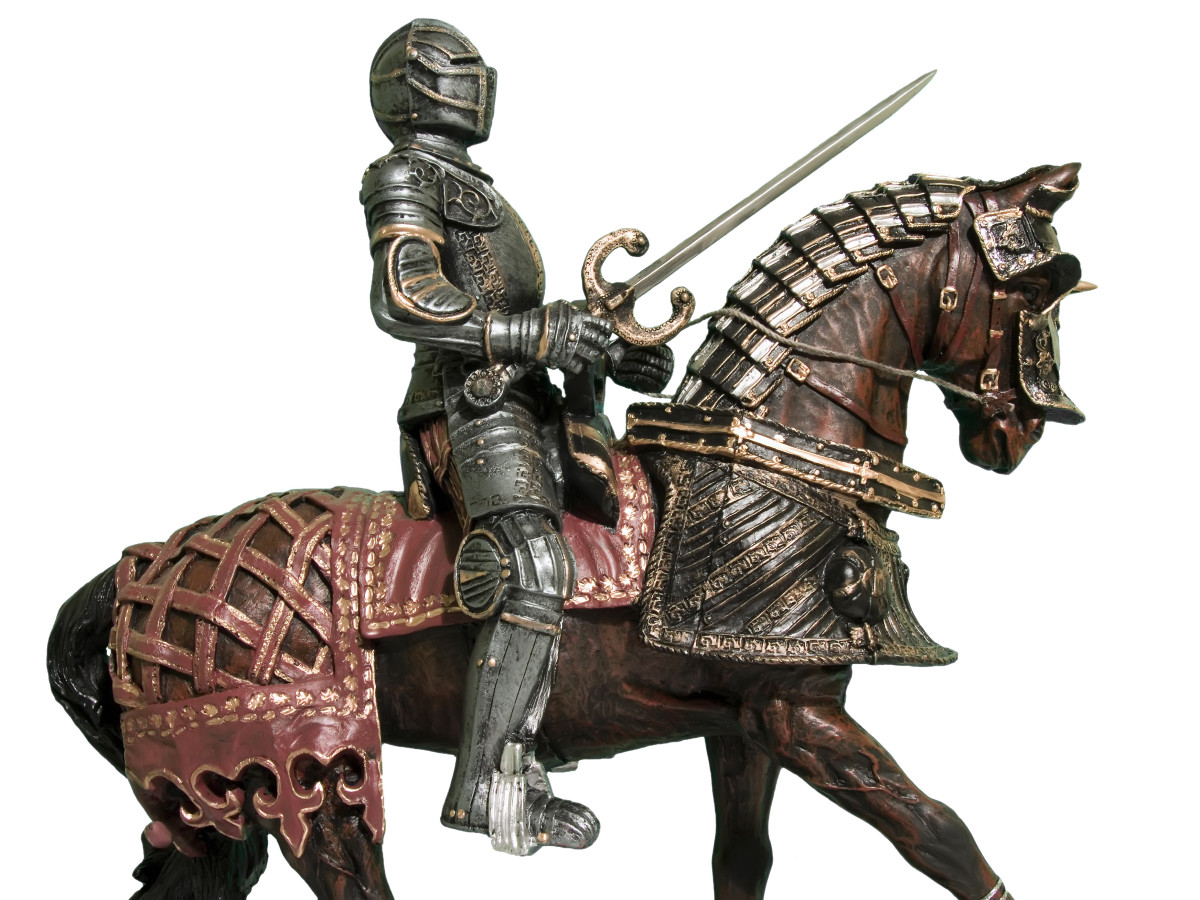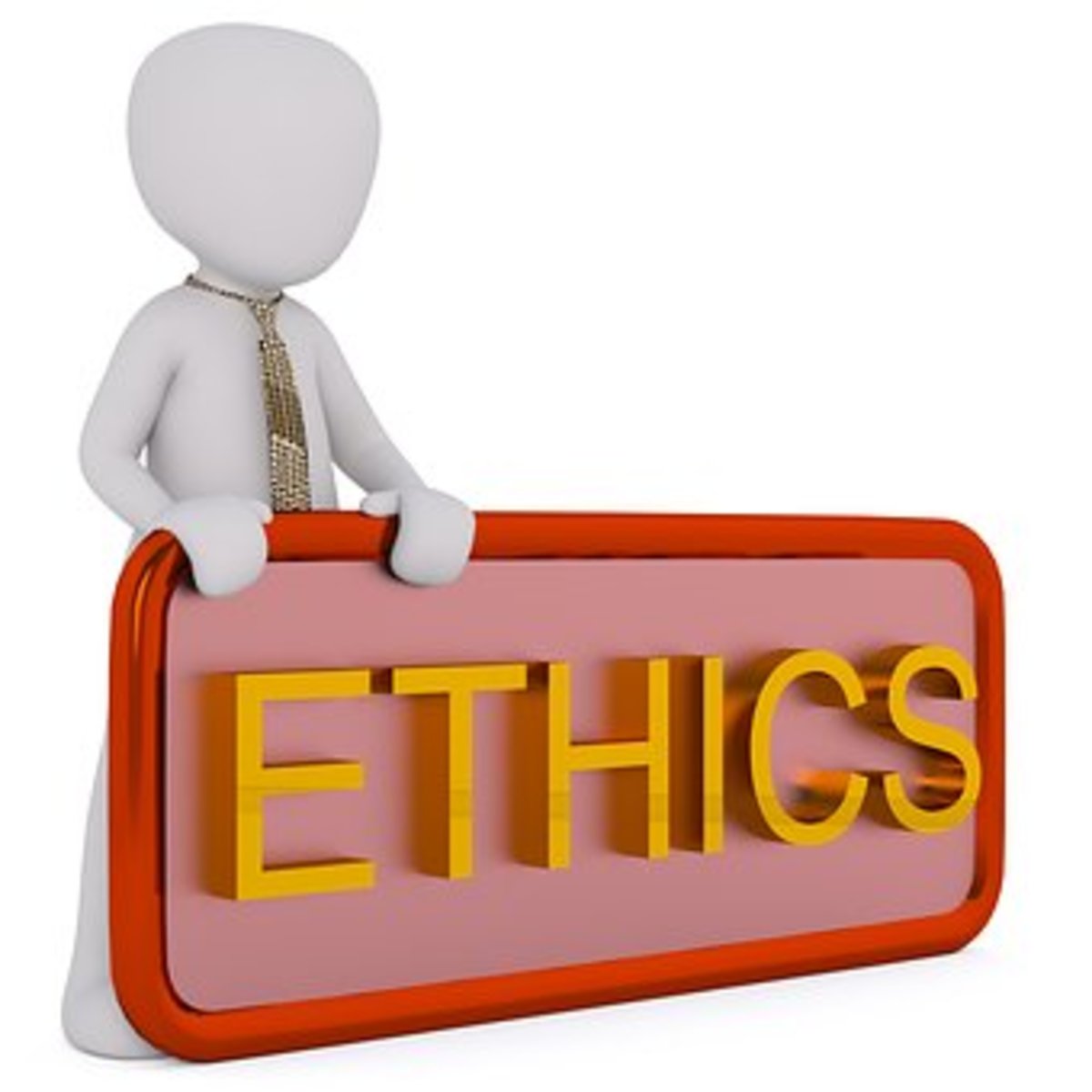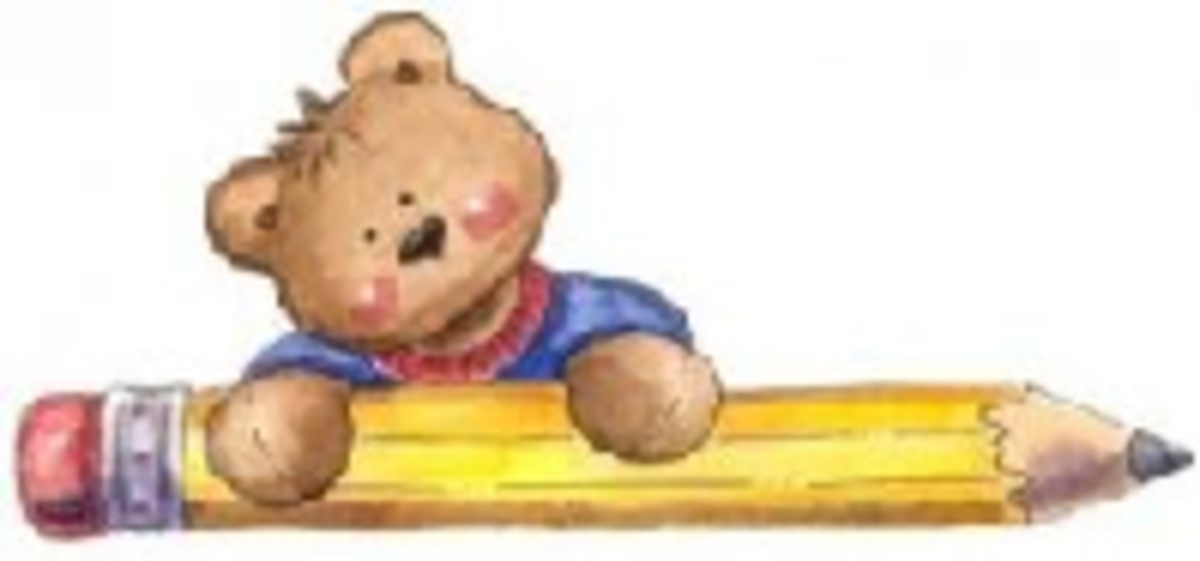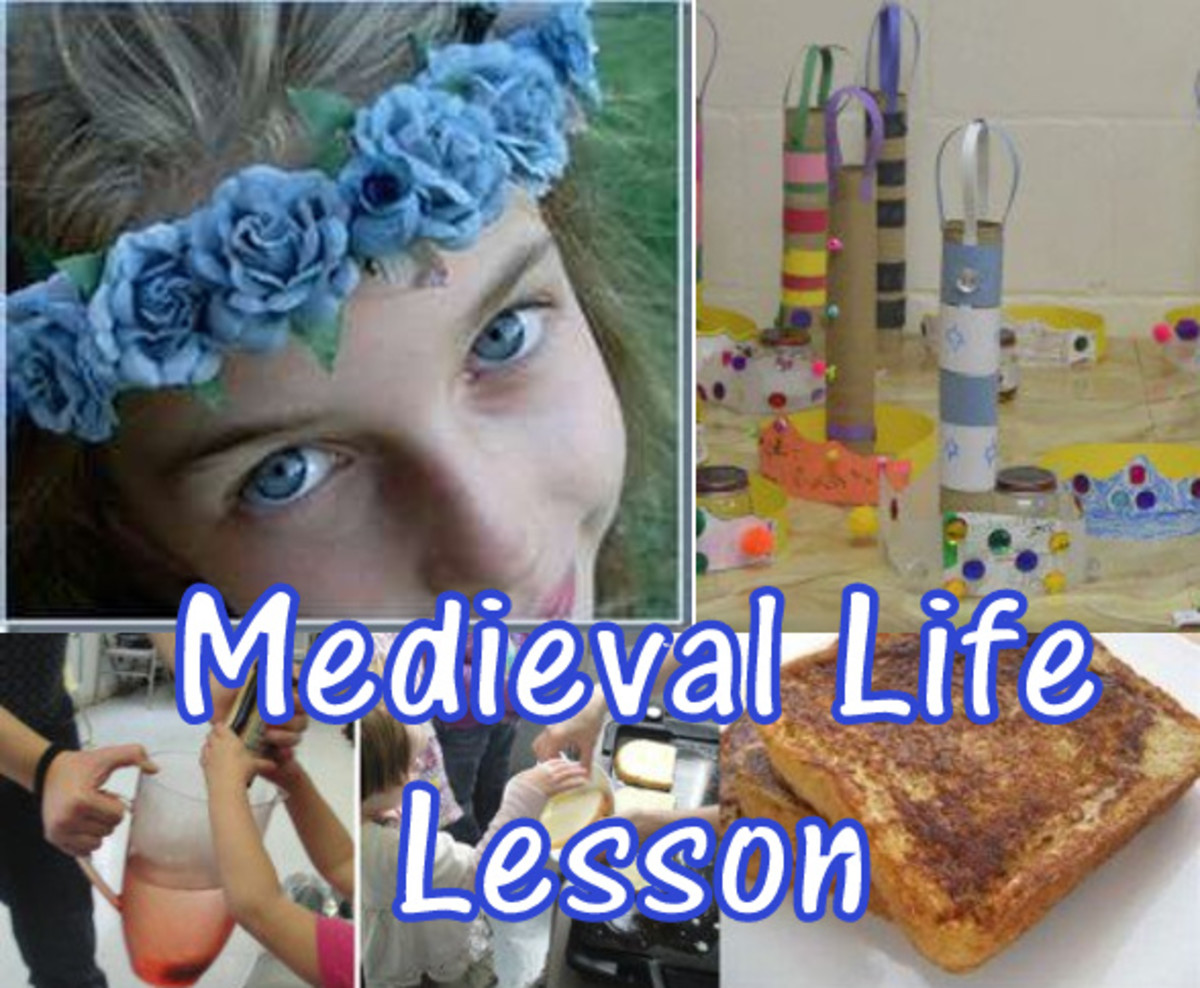Add interest to education with the use of drama
What does it mean?
As conventional methods of teaching are becoming increasingly outdated, drama in education is a teaching method which can be used in any subject.
Most people have the ability to be receptive to learning 'drama in education' style as it is something we learnt to do as a child. When we are younger and playing, we are already displaying skills used in drama in education. This also shows that what we learn and how we learn it at this age is effective and credible.
As it is an adaptable teaching method it can be used to teach any subject and incorporates story telling, dance, singing and folk lore. However, for it to be an effective teaching tool, a relationship between the teacher and student is vital. This is so that the teacher can draw upon their knowledge of a subject area and a student feels confident and comfortable.
Drama in education is not conventional teaching. It allows students to become actively involved in the educational process instead of taking notes or writing an essay, students 'practice' the subject and learn by doing. This helps students relate their learning to real life situations.
Drama or Theatre?
Although people believe drama and theatre are similar, they are in fact two different terms.
Drama is mainly used when describing a script of studying a play. Theatre is a term used when performing. In essence, when the two terms come together the whole student is developed. Drama does not require an audience. It is concerned with how those involved feel and the success of their experience.
Theatre on the other hand is all about getting a message across to an audience while entertaining them. Theatre is the performance aspect. It is not possible for everyone to access theatre due to location of theatres or the cost. However, it is possible for everybody to access drama and to participate in drama based activities.
Theatre is often considered as a subject as a whole and in its own right, whereas drama is a way of education.
Another fundamental difference is the fact that drama is considered as a rehearsal for real-life whereas theatre is the end product of rehearsal in the form of a production to an audience.
During the production, theatre presents an opinion to the audience while the dramatic process helps participants form an opinion.

Components of Drama
There are three main components of drama which enable it to play an important part in the shaping of society as it is now, and the way it will be in the future.
Social Interaction - The process of drama involves a major element of social interaction among the students participating. Interaction and confidence is also needed between the students and the tutor.
Forms of expression - The dramatic process allows students to experiment with ways of expressing emotions. It allows them to create opinions and express their own reactions and views to the particular subject they are exploring. This experimentation of different forms of expression is achieved through the different roles and situations they 'act out' from their imagination.
Content - The content of drama is important in order to achieve its desired affect. It centres upon problems and questions. It also revolves around trying to understand certain issues and examines them through the use of human behaviour and responding to others.

Teacher Authenticity
As well as the need to have great subject knowledge, it is vital that a teacher has a relationship with students so that they get the best they can from them.
This professional relationship needs respect boundaries required in the profession, while still caring for the students. A genuine interest in the students’ development is just as important as their knowledge and depth of learning within the teaching session.To achieve this, a teacher must have authenticity which means they must come across as a real human being, but also show they can do their role as a teacher and command the appropriate levels of respect required from their students.
This involves showing students, and behaving convincingly, as the person you portray to be. By doing this, you engage students more deeply as they trust you and can learn from real life experiences opposed to examples.
It is important for a teacher to use a variety of teaching methods in the classroom, including Drama in Education. The teaching styles used often reflect the personality of both the teacher and their students. When this authenticity is achieved, then the class sessions become effective.
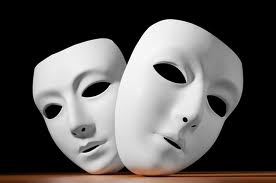
Setting Goals for Success
As drama is a valuable way of achieving results through teaching, it shows that Drama in Education (DIE) is important and teacher authenticity is an essential part its implementation.
To ensure this authenticity in DIE, teachers need to assess the students that they have in that group. As well as looking at the student’s abilities, and the possibility of achieving the set goals, the teacher needs to assess whether the student’s attitudes, confidence and self-belief will match what is needed in the task. The teacher also needs to take into account the number of students he/she has and any time constraints.
Teacher authenticity only works in DIE if the teacher is responsive to other people’s ideas and able to adapt their way of working to meet the students’ needs. Calculated risks may need to be taken in order to listen to everyone’s views and make improvements to the creative process. Part of assessing the students in the group, also involves calculating their level of understanding and pitching the information shared with them at this level. It is also essential to put achieving the task in hand above own personal self-satisfaction as it is vital that the student’s achieve through the use of good organisation and preparation.
When using DIE, teachers also need an element of perseverance as it can take a while for students to accept you and open up to it.
Although organisation and preparation are vital elements in all teaching, DIE does not require the conventional forms of preparation as it is important that drama process is allowed to flow and evolve as it goes along.
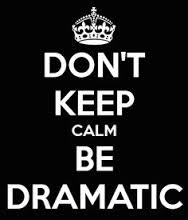
A Lively Way of Teaching
DIE is about teaching student life skills such as observation, working out relationships, questioning, and organising information.A part of the authenticity of a teacher is about authority. A majority of teachers have the notion that incorporating drama in to the classroom will lead to unruly behaviour as it is quite a free process. However that is not the case as, with all class sessions, good discipline is required.
It is all about finding the right balance as drama does require concentration and commitment.
For the DIE style of teaching to be effective, it is vital that the teacher has control and discipline in the classroom.
As drama is an animated and lively way of teaching which asks student to take some ownership of their learning, it is essential that the teacher keeps control of the sessions and keeps the lessons on course. This has to be managed appropriately so that students do not feel supressed in the sessions, but still interact.
© 2015 Jayne Elliott

